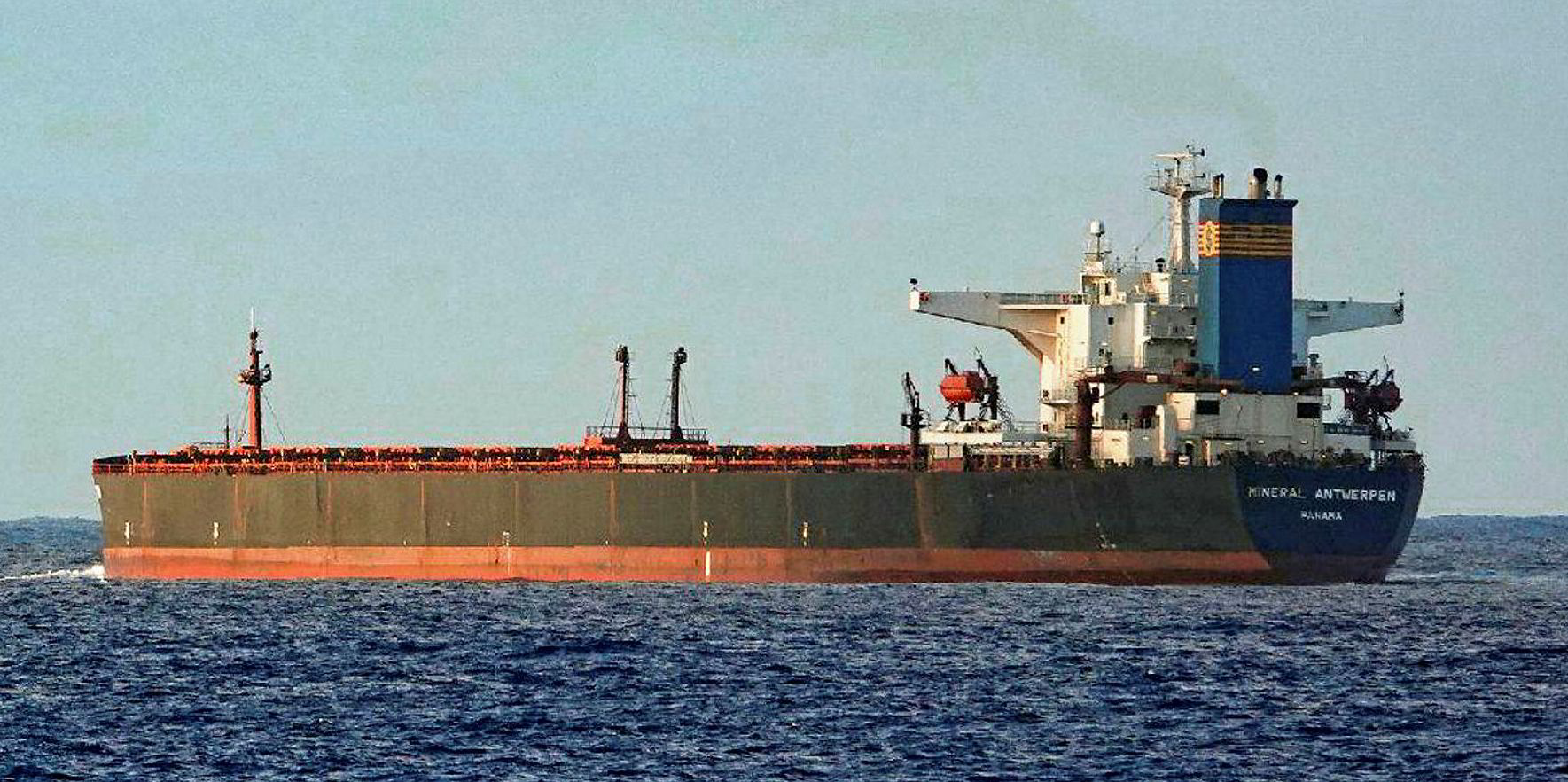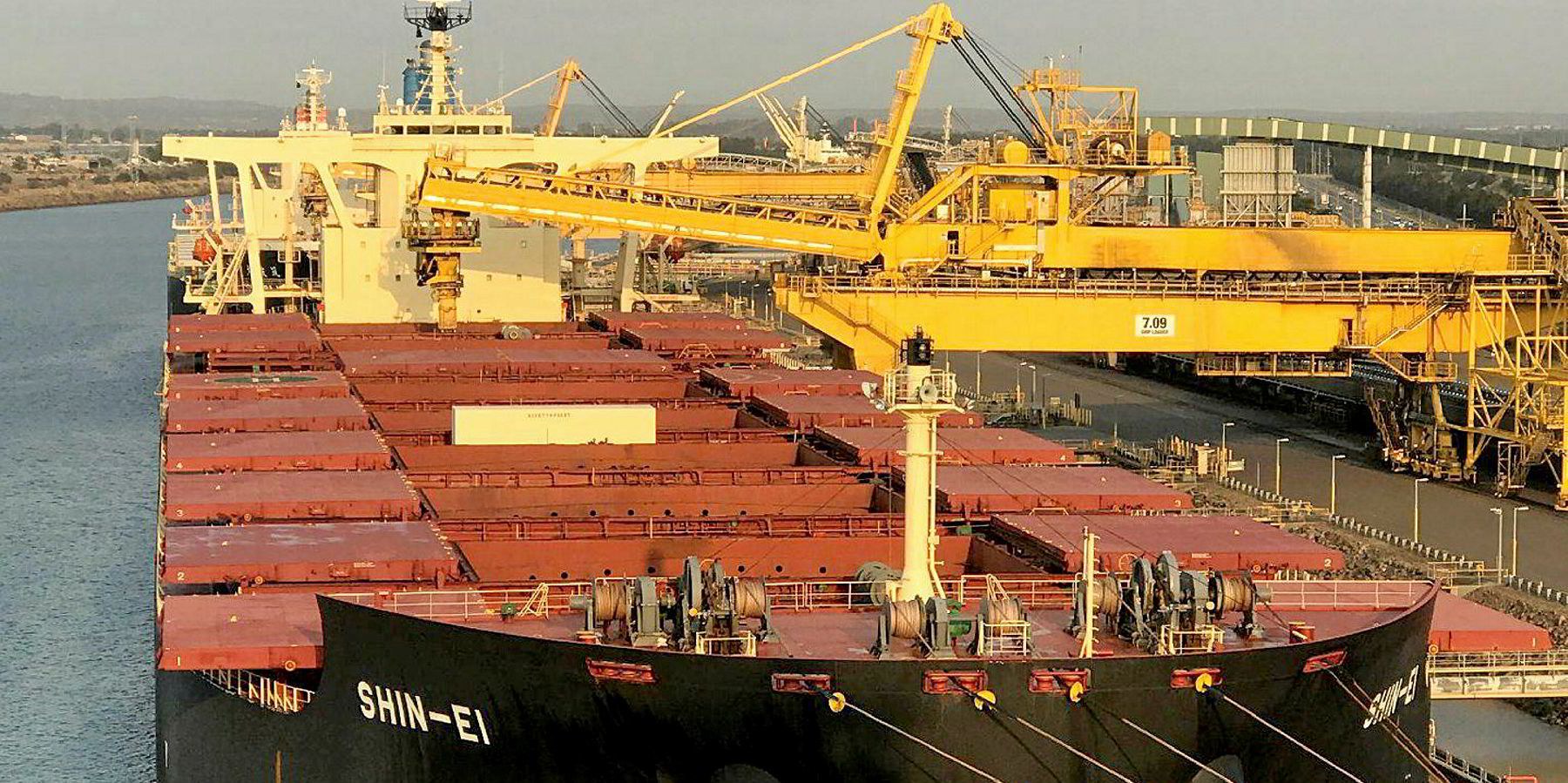This month’s rout in capesize bulker spot rates came to an end this week as the market stabilised amid a possible rally, while those for the dry bulk sector's smaller ships fell steadily.
Friday saw the weighted time-charter average rate for the Baltic Capesize Index’s five key benchmarks grow by $212 to $18,749 per day.
This level is 36% below where the assessment was two weeks ago, but volatility has been relatively low this week, which has helped improve sentiment somewhat.
“The tide turned positive on the capesize market this week bringing with it a sense relief and optimism. It both stemmed the mounting losses of late and gave some hope for a year-end rally,” Baltic Exchange analysts said in their daily market report on Friday.
Tonnage supply in the Atlantic has been ample up to this week, which provided some pressure to rates on the Brazil-China route and for transatlantic voyages.
The return of iron-ore cargo supply in the south Atlantic, especially from Brazil, has helped improve sentiment and stabilised capesize spot rates.
But as the week ended, brokers were reporting a standoff between charterers and owners on major iron-ore routes and something will have to give if next week’s market is to go anywhere.
Sentiment has weighed heavily on the capesize market this week, according to John Kartsonas, founder and managing partner of asset-management advisory Breakwave Advisors.
“I think the market overshot to the downside late last week/early this week, mainly due to negative sentiment rather than real imbalance, as the balance in the Atlantic, especially for Brazilian iron ore shipments, is tighter than the market suggests,” he told TradeWinds.
“Mid-week, with more cargoes coming out, you saw the stability, and with that, spot rates reversed and moved higher.”
Over in the Pacific, vessel supply reached something of an equilibrium with iron-ore cargo supply from Australia, which tended to work in charterers’ favour.
Looking ahead to next week, Kartsonas said that if more cargo requirements come to the fore, spot rates could potentially rally until the end of the month at daily levels in the low to mid-$20,000 range.
But Kartsonas added that it remains “tough and dangerous” to call short-term movements in the freight market.
Still, capesize rates did seem to find a floor earlier this week while China released economic data suggesting a recovery underway and September imports up from a year ago, said Rebeccah Jones, commercial analyst with Alibra Shipping.
"Then Vale’s production report came out, reporting a rise in quarterly output — all positive news for the capes," she told TradeWinds.
Smaller vessels see lower rates
While capesizes enjoyed better rates toward week's end, those for asset classes with less tonnage kept falling.
The time-charter equivalent (TCE) average for supramaxes sailing from the US Gulf to China slid 9.7% to $22,331 per day since last Friday, Baltic Exchange assessments show.
"The supramax market presented a relatively mixed picture this week, and although the time charter average traded flat, ending the week down $45, it was the US Gulf that proved the biggest loser, with the fronthaul route shedding $2,325 on the week," the exchange said in its weekly wrap-up on dry bulk shipping.
It also noted that the rate for the same transatlantic trip to Europe declined 7.1% to $14,646 per day.
The TCE rate for handysizes from the gulf to China also dropped, shedding 9.7% to $13,414 per day on Friday.
"The HS4 US Gulf route proved to be weakest link, with the index shedding $1,250 on the week as demand ebbed," the exchange wrote.







